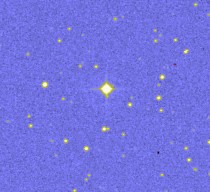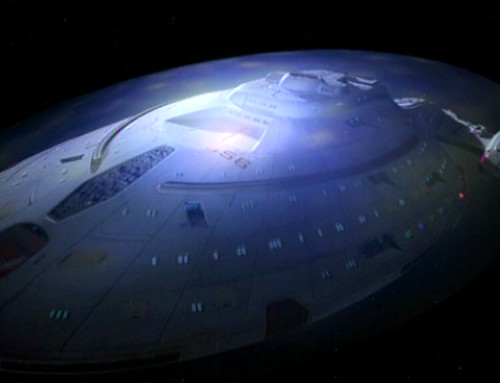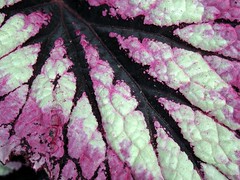
Anyone of a respectable age remembers the six million dollar man. A man who was "rebuilt" using bionic parts that gave him super strength, hearing, and eyesight amongst other things. These days bionic parts are called neural prosthetics, they are devices that directly stimulate parts of the central nervous system or even the brain itself. The best known example is the cochlear implant that can restore hearing to the deaf by directly stimulating auditory nerves inside the ear.
There has also been some very limited success in restoring sight by implanting devices into the retina. Images from a camera are converted into electrical signals which are then used to stimulate nerve cells in the retina.
Researchers at Harvard Medical School have found another possible way to restore sight. Instead of implanting a device into the retina, they suggest implanting a device directly into the visual cortex. They have recently done this with monkeys who could "see" points of light when none were there. As the researchers sent signals into the monkey's brain the monkey would turn to look at the light that they "saw" but that wasn't in reality there.
Neuroprosthetics, though currently primitive (when compared to sci-fi standards), hold hope for many people and not just the hard of hearing or the visually impaired. For example, work is underway that has the goal of developing bionic limbs for amputees. There have already been several people who have received bionic arms which they control by thought (c.f. Luke Skywalker's arm). Other researcher are working on ways to connect brains directly to computers and even other brains, creating artificial telepathy or techlapathy as it has become known.
There is even a society of generally healthy people (transhumanists) who want implants to make themselves "better." They want x-ray vision, super strength, artificially enhanced intelligence and memory, etc. In other words they want to be rebuilt as bionic men and women. And if their brains are all connected to each, can anyone say "Borg collective?"
Here's the abstract of the research article on bionic eyes.



